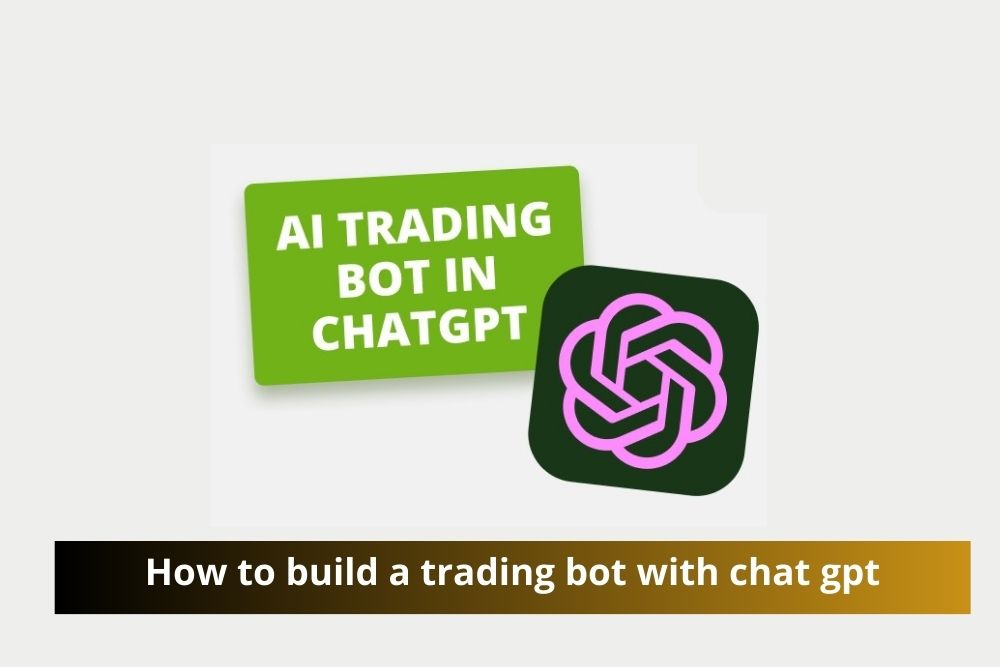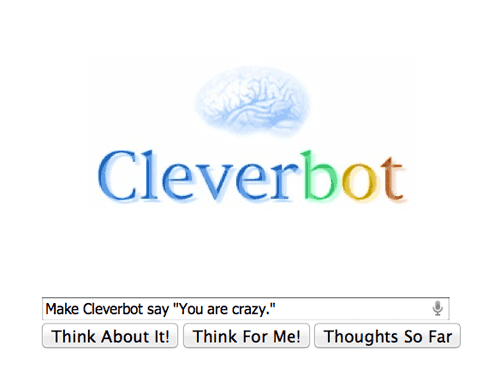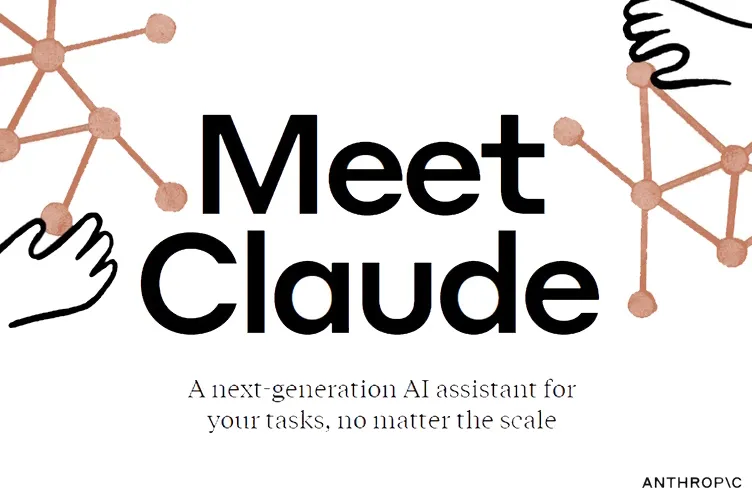How to build a trading bot with chat gpt
In today’s fast-paced financial markets, traders are constantly seeking ways to gain an edge over their competition. One such way is through the use of trading bots. These automated systems are designed to execute trades on behalf of traders, utilizing predefined algorithms and strategies to capitalize on market opportunities in real-time.
Trading bots have become increasingly popular due to their ability to execute trades at speeds and frequencies beyond human capabilities. They can analyze vast amounts of market data, identify patterns, and execute trades with precision and efficiency. This automation frees up traders’ time, allowing them to focus on higher-level strategic decisions rather than getting bogged down by mundane tasks.
Understanding ChatGPT
ChatGPT, powered by OpenAI’s language model, is a state-of-the-art natural language processing (NLP) tool. It is capable of generating human-like text based on the input it receives. ChatGPT has gained widespread recognition for its ability to engage in meaningful conversations, answer questions, and even generate creative content.
Integration of ChatGPT with Trading Bots
Integrating ChatGPT with trading bots opens up a world of possibilities. By leveraging ChatGPT’s language capabilities, traders can enhance their bots’ decision-making processes. ChatGPT can analyze market conditions, interpret news articles, and even engage in simulated conversations to gather insights—all of which can inform trading strategies.
However, integrating ChatGPT with trading bots is not without its challenges. Traders must ensure that the integration is seamless and reliable, and they must also consider factors such as data privacy and security.
Steps to Build a Trading Bot with ChatGPT
Preparing the Environment
Before diving into building a trading bot with ChatGPT, it’s essential to set up the development environment. This involves installing the necessary libraries and dependencies, such as Python and relevant packages like TensorFlow or PyTorch.
Designing the Trading Strategy
The first step in building a trading bot is to define the trading strategy. Traders must clearly outline their objectives and goals, whether it be capitalizing on short-term price movements or implementing a long-term investment strategy. Additionally, traders must select the indicators and parameters that will guide their bot’s decision-making process.
Implementing ChatGPT Integration
Once the trading strategy is defined, it’s time to integrate ChatGPT into the bot. Traders can choose from a variety of APIs that enable interaction with ChatGPT, such as OpenAI’s API or custom-built solutions. They must then write code that allows the bot to communicate with ChatGPT, sending queries and receiving responses in real-time.
Testing and Optimization
After implementing ChatGPT integration, it’s crucial to thoroughly test the bot and optimize its performance. This involves backtesting the strategy using historical market data to evaluate its effectiveness. Traders may need to fine-tune parameters and adjust the bot’s behavior to achieve optimal results.
Deployment and Monitoring
Once the bot is tested and optimized, it can be deployed into live trading environments. Traders must closely monitor the bot’s performance and make adjustments as needed to ensure it continues to operate effectively. This may involve updating the bot’s strategy, modifying parameters, or addressing any technical issues that arise.
Benefits of Using a Trading Bot with ChatGPT
Integrating ChatGPT with trading bots offers several key benefits:
- Increased Efficiency and Speed: ChatGPT can analyze market data and generate insights much faster than humans, allowing trading bots to make decisions in real-time.
- Enhanced Decision-Making Capabilities: ChatGPT’s language capabilities enable trading bots to interpret complex information and make more informed trading decisions.
- Automation of Repetitive Tasks: By automating the trading process, ChatGPT-powered bots can execute trades around the clock without human intervention.
- Improved Risk Management: ChatGPT can help identify potential risks and opportunities, allowing traders to implement more robust risk management strategies.
Examples of Successful Trading Bot Implementations
Several companies and individuals have successfully implemented trading bots with ChatGPT integration. For example, XYZ Capital developed a trading bot that leverages ChatGPT to analyze market sentiment and news articles, allowing it to make more informed trading decisions. As a result, the bot has consistently outperformed traditional trading strategies.
Risks and Limitations
While trading bots offer numerous benefits, they also come with inherent risks and limitations. Traders must be aware of these factors, including:
- Potential for Errors: Trading bots are not infallible and can make mistakes, especially in volatile market conditions.
- Ethical Considerations: The use of trading bots raises ethical questions, particularly concerning market manipulation and unfair advantage.
- Regulatory Compliance: Traders must ensure that their bots comply with relevant regulations and legal requirements, particularly in highly regulated industries such as finance.
Future Trends and Innovations
Looking ahead, the integration of ChatGPT with trading bots is expected to continue evolving. Emerging technologies such as machine learning and artificial intelligence will further enhance bots’ capabilities, enabling them to adapt to changing market conditions and make more sophisticated trading decisions.
Conclusion
FAQs
Building a trading bot with ChatGPT offers traders a powerful tool for navigating today’s complex financial markets. By leveraging ChatGPT’s language capabilities, traders can enhance their bots’ decision-making processes and gain a competitive edge. However, it’s essential to approach bot development with caution and consider the potential risks and limitations.
1. Can anyone build a trading bot with ChatGPT?
- While building a trading bot requires programming knowledge, anyone with coding skills and a solid understanding of financial markets can learn to build one.
2. Are there any legal restrictions on using trading bots?
- The legality of using trading bots varies by jurisdiction, so it’s essential to consult with legal experts to ensure compliance with relevant regulations.
3. How much does it cost to build a trading bot with ChatGPT?
- The cost of building a trading bot depends on various factors, including development time, complexity, and any additional services or tools required.
4. Can trading bots guarantee profits?
- No, trading bots cannot guarantee profits. Like any investment strategy, there are risks involved, and traders should carefully consider their risk tolerance and investment goals.
5. What programming languages are used to build trading bots?
- Trading bots can be built using a variety of programming languages, with Python being one of the most popular choices due to its simplicity and extensive libraries for data analysis and machine learning.






